Seeing is Believing
 Would you like to determine how many deer live on the property you hunt or own? Or how many big bucks are roaming around? Trying this deer survey method will help you achieve both goals.
Would you like to determine how many deer live on the property you hunt or own? Or how many big bucks are roaming around? Trying this deer survey method will help you achieve both goals.
WHY IS IT IMPORTANT TO SURVEY DEER HERDS?
In order to manage your deer herd efficiently and effectively, it’s important to know about your deer population. It is especially important to be able to estimate population size and determine the trend (increasing, decreasing, or stable) in the population so proper harvest levels can be established for the upcoming hunting season.
Ideally, biologists would like to know the exact number of deer within their management areas. However, this is rarely possible with wild, free-ranging deer on large areas. Therefore, biologists count deer over a representative area and then extrapolate that number to the entire area. Even when measuring only a sample of the population on a smaller area, most survey methods still do not allow biologists to determine an exact number, so biologists rely on trends in the survey from year to year.
The composition of the deer herd is also important to determine. Biologists set the doe and antlerless harvests based partially on buck:doe ratios. Fawn:doe ratios are an important indication of the reproductive rate of the deer herd and of fawn survival. This ratio also provides critical information about the condition of the deer herd. For example, if fawn:doe ratios are very low, nutrition is limited and the deer population may be too high. If fawn:doe ratios are high, the deer herd is healthy and the population is likely low in relation to the nutritional level of the habitat.
PAST DEER SURVEY METHODS
Biologists have used many different methods to survey deer herds. In the 1930's, biologists first began surveying deer in northern states with the deer drive technique. This method was conducted like the deer drives conducted by hunters, but as many as 125 people were used to reduce the number of deer escaping without being counted. However, this method was very limited because of the high number of people required and because the survey was effective only during winter on small, square-shaped habitats that had snow cover.
Biologists began using track counts in the early 1950's. This method involved obliterating existing tracks along a pre-established route, usually a road, and then returning 24 hours later to count the sets of deer tracks completely crossing the route. The most obvious disadvantage was that tracks alone did not allow biologists to determine deer sex, age, or antler size. Also in the 1950's, biologists started using the spotlight technique as a method to survey deer and in the 1960's, the helicopter survey technique started to become popular. During the 1970's and 1980's, biologists began using computer models to estimate deer populations. These models were often based on harvest data from the previous year. The spotlight and helicopter techniques are the two most popular methods being used in Texas today. However, the helicopter method is inadequate for landowners and hunters to use for surveying deer herds on small properties because it is often too expensive and impractical and is not effective in densely wooded areas, such as east Texas.
The spotlight technique is affordable and can be used on small properties, but this technique also has several disadvantages. The biggest disadvantage is that deer cannot be counted in dense, brushy areas where they cannot be seen by the spotlight. Spotlight counts also result in biased sex and age ratio estimates because not all deer are equally observable. Bucks are often sighted less frequently than they occur in the population and until October and November fawns are also sighted less frequently. In addition, the age and sex of many of the deer that are sighted cannot be determined. Biologists have also reported that spotlight counts may vary by hour of night, month, season, temperature, cloud cover, precipitation, dew, and relative humidity.
THE DIGITAL INFRARED GAME CAMERA SYSTEM
Digital infrared game cameras, like Reconyx and other companies produce, are an alternative to the above survey methods. The camera system combines a digital camera with either a passive infrared motion detector that senses “heat-in-motion” within a conical area, or an active infrared detector that includes a transmitter and a receiver. When a deer passes within the conical area, or breaks the beam between the transmitter and receiver, the motion trips the infrared detector. The motion detector then triggers the camera to focus, flash, and take a picture.
The camera then advances the film to the next frame, in wait for the next deer to trip the detector. The camera can be programmed to imprint the day/hour/minute, or the day/month/year on the photograph. Most camera systems also allow you to choose between day-only, night-only, or 24-hour operation. You can also select a three-, six-, or 10-minute delay between exposures to reduce the chance of too many photographs of the same deer.
The digital infrared game camera system offers several advantages over the helicopter and spotlight census techniques. The camera system can be used on even the smallest properties. Cameras can be positioned in dense, brushy areas to survey deer in these habitats. It is likely that deer are encountered at sex and age ratios more representative of the population because there is no human intrusion.
All deer encountered are photographed, so age and sex can be identified more accurately and more often. The camera system is likely less influenced by weather, hour of day, and season as well.
ADDITIONAL BENEFITS OF THE CAMERA SURVEY
Several ranchers that I work with on a consulting basis use this camera system to photograph deer on their properties. The camera system is especially effective for photographing deer that come to established supplemental feed sites. Positioning cameras at feed sites during October will help hunters build a photographic portfolio of the buck segment of their deer herd each year prior to hunting season.
This portfolio then allows the rancher or biologist to estimate the ages and antler scores of each different buck photographed. Although the accuracy of these estimates is unknown, the estimates also provide at least some indication of the age structure of the buck segment of the population.
Once gross B&C scores are estimated for each buck, age class to determine an average B&C score for each age can tabulate the scores. Average antler scores can then be compared from year to year to determine if the harvest and management programs in place are successfully improving the deer herd. Buck:doe ratios and fawn:doe ratios can also be compared from year to year to determine if sex ratios and fawn production are improving each year.
This information cannot be collected with any other survey method in this much detail because each photograph can be examined repeatedly by more than one person. With this information, hunters and landowners can set their own harvest quotas based on their particular management goals. They can determine which bucks meet their particular harvest criteria if they are practicing quality or trophy management. They can determine how many does should be harvested to balance buck:doe ratios, or to reduce the population so that the deer herd is within the carrying capacity of the habitat.
Hunters and landowners can also determine which bucks should be selectively harvested in an attempt to improve the antler genetics.
CAMERA SYSTEMS ARE GREAT FOR SCOUTING TOO
Cameras can also be used to help hunters scout for particular bucks. By establishing cameras near hunting stands, hunters can determine if the bucks they are hunting are actually using that area, or if they are only visiting after nightfall. Hunters can also set up a camera at one stand site, while they hunt a different stand, to determine what deer visited the area while they were hunting elsewhere.
Cameras can be used to scout and pattern deer without contaminating the area with human scent. They can be placed at scrapes, rubs, trails or food plots to determine if deer are using these areas.
Finally, the photographs from each survey can be used to market future hunts if the hunters or landowners conducting the photographic surveys are in the outfitting business. Photographs resulting from surveys conducted after the hunting season will indicate to potential clients what bucks will likely be available for harvest during the upcoming hunting season. In addition, individual bucks can often be identified from one annual survey to the next to determine what changes in antler size, shape, and B&C score occurred during the one-year interval.
THE FUTURE LOOKS BRIGHT
Camera surveys are the best method available for surveying deer herds in dense, woodland habitats, where other survey methods are inadequate. These cameras provide individual landowners and hunters on relatively small properties with an affordable and accurate method of surveying the deer herds where they hunt; and because of the potential amount of information that can be gathered by these cameras.
Make sure to check out next week’s article when we investigate whether supplemental feeding is necessary for deer management.
Posted by Dr. Mickey W. Hellickson
Photo by Hardy Jackson
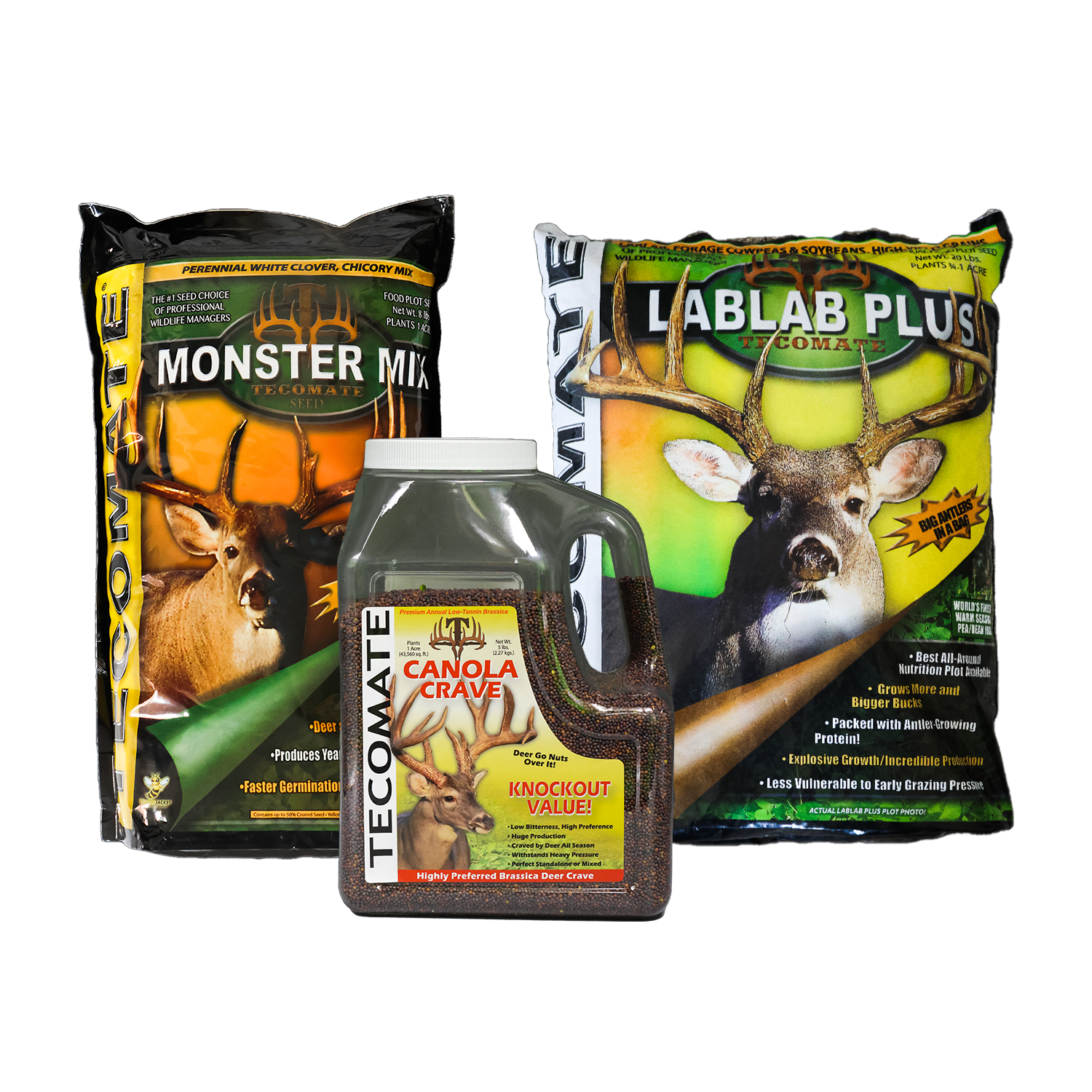
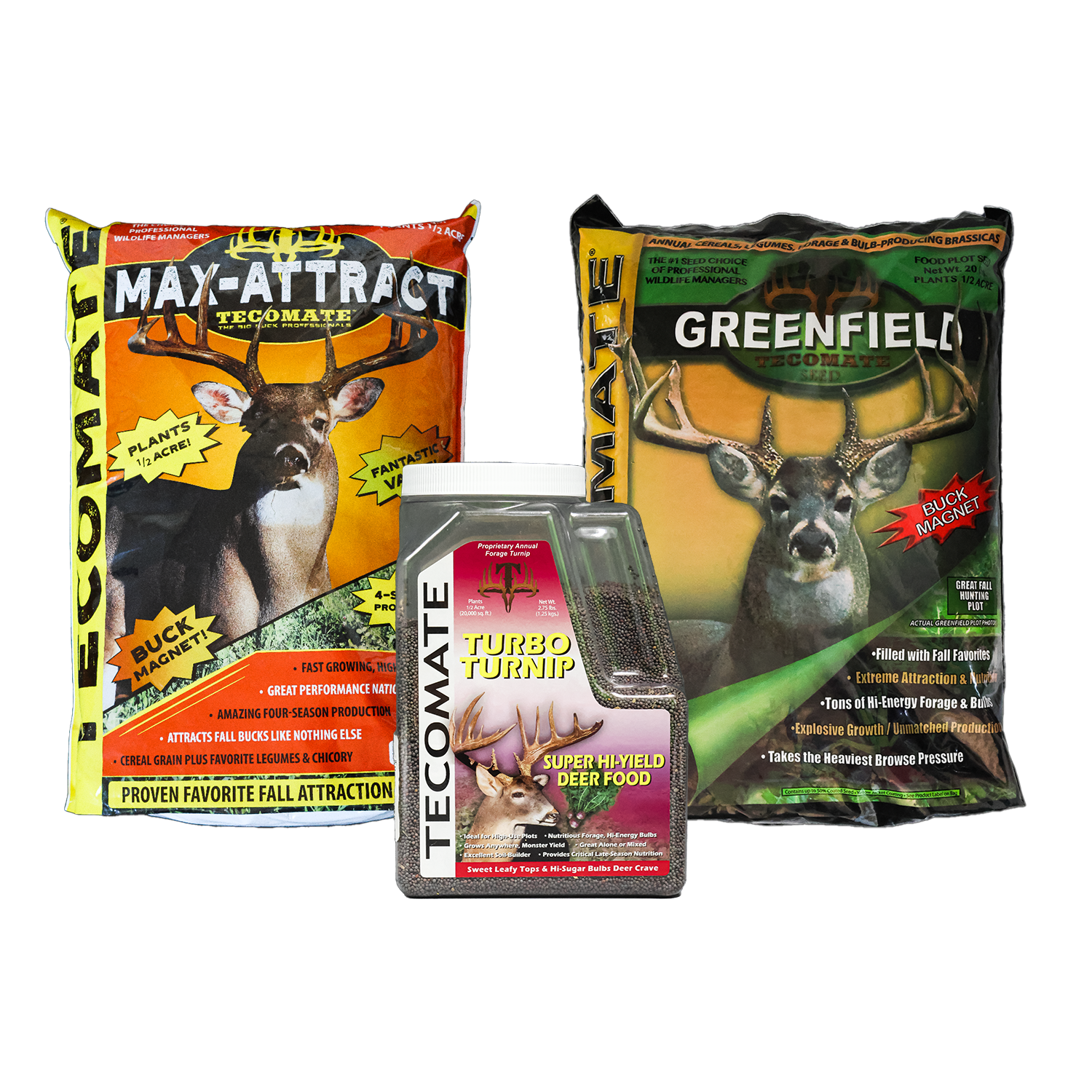
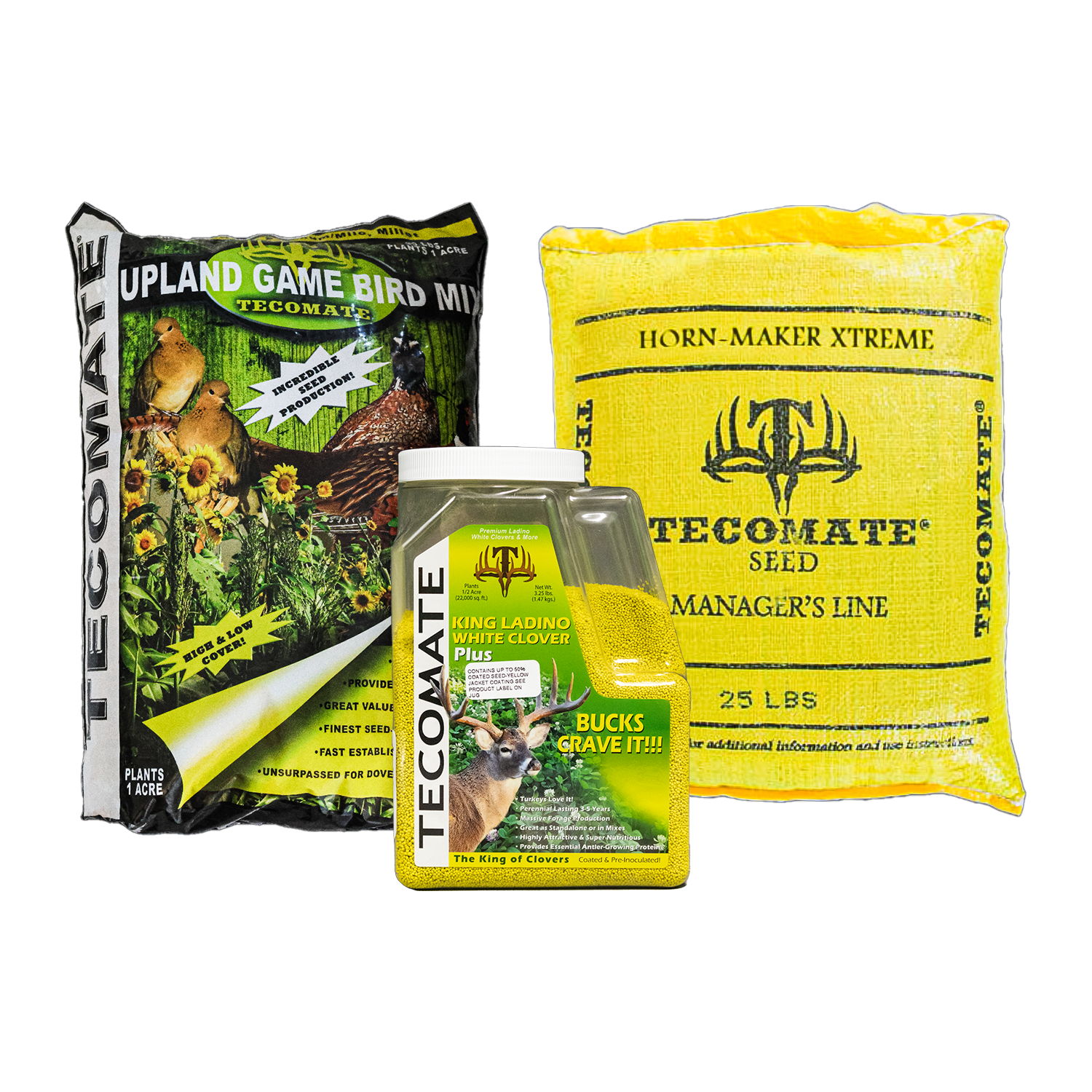
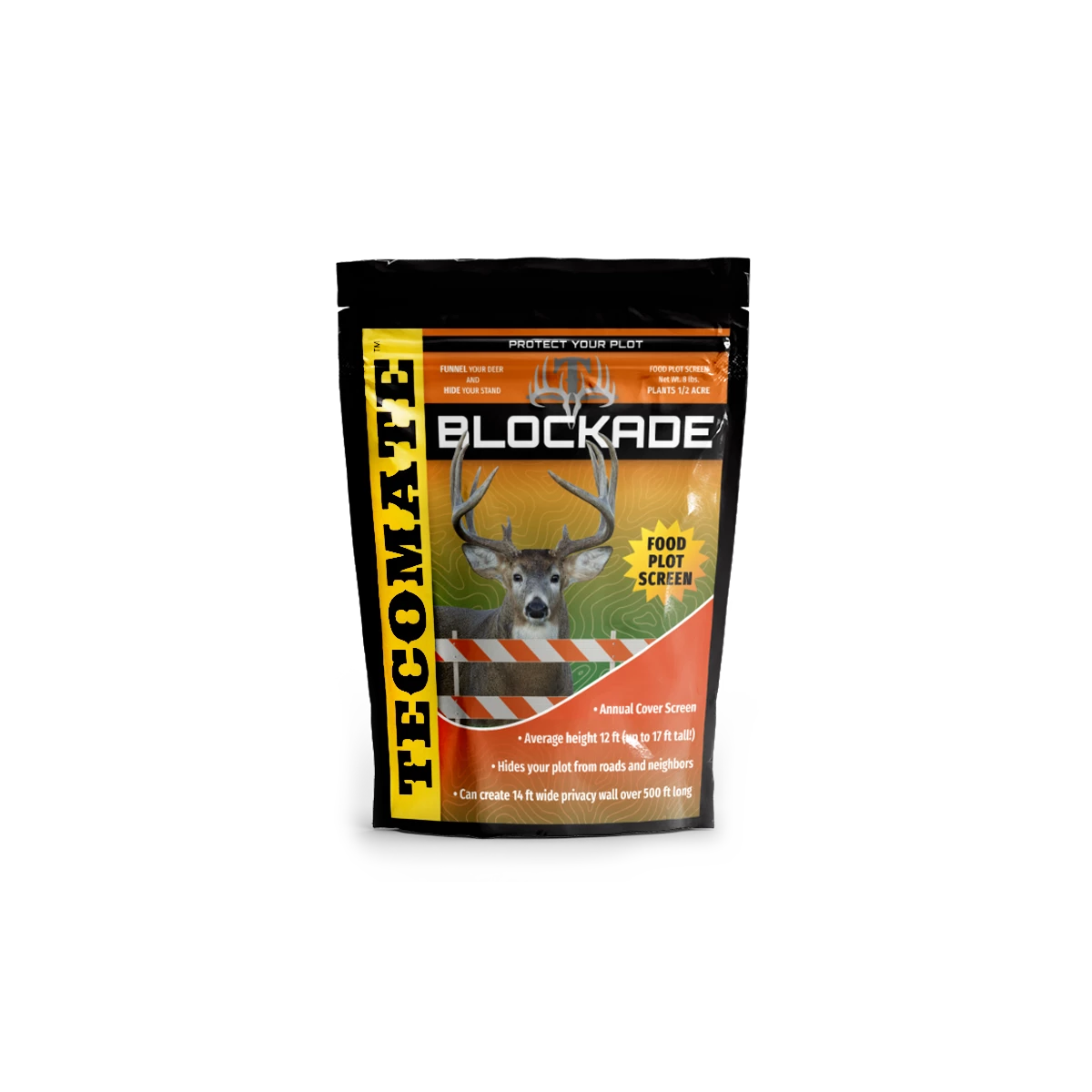
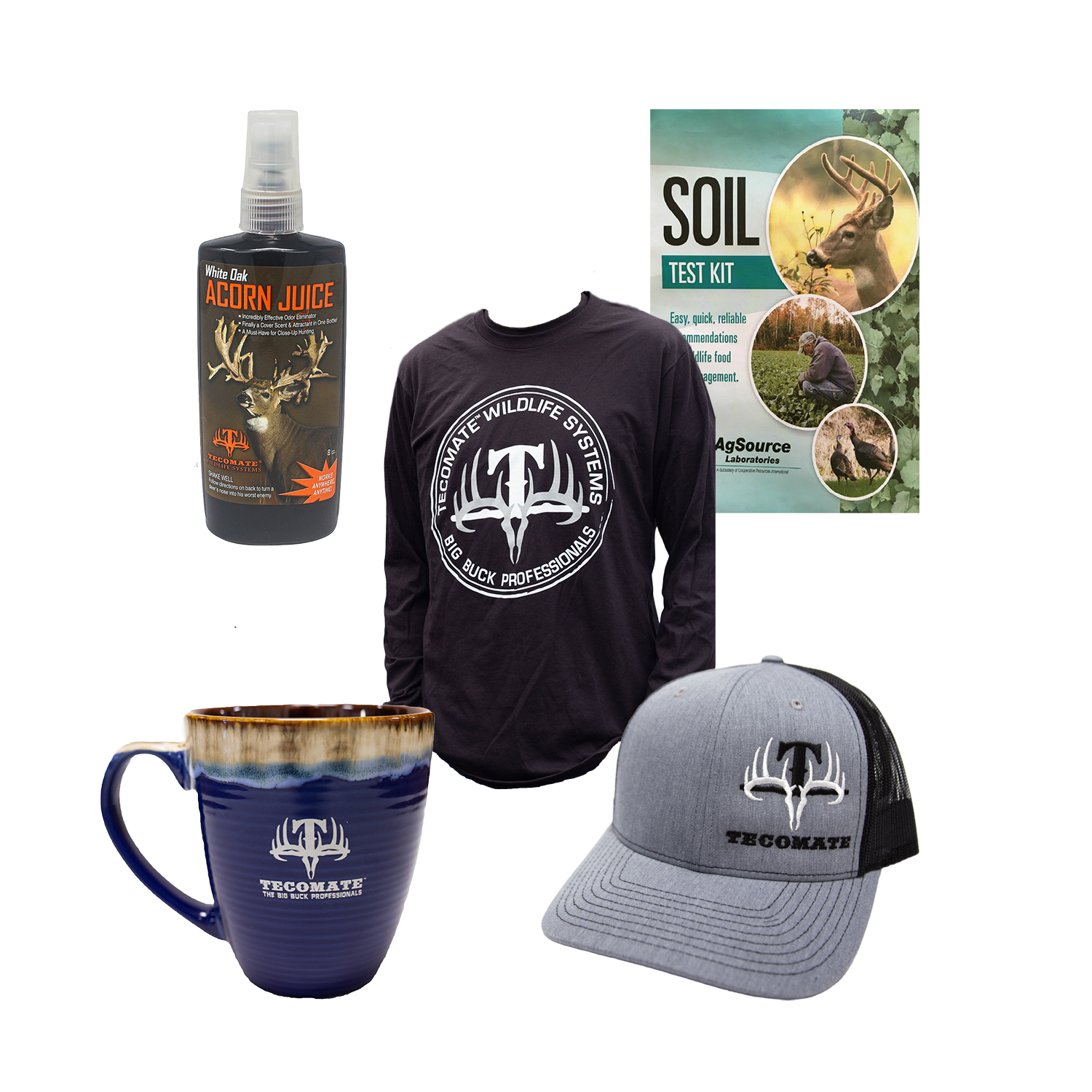
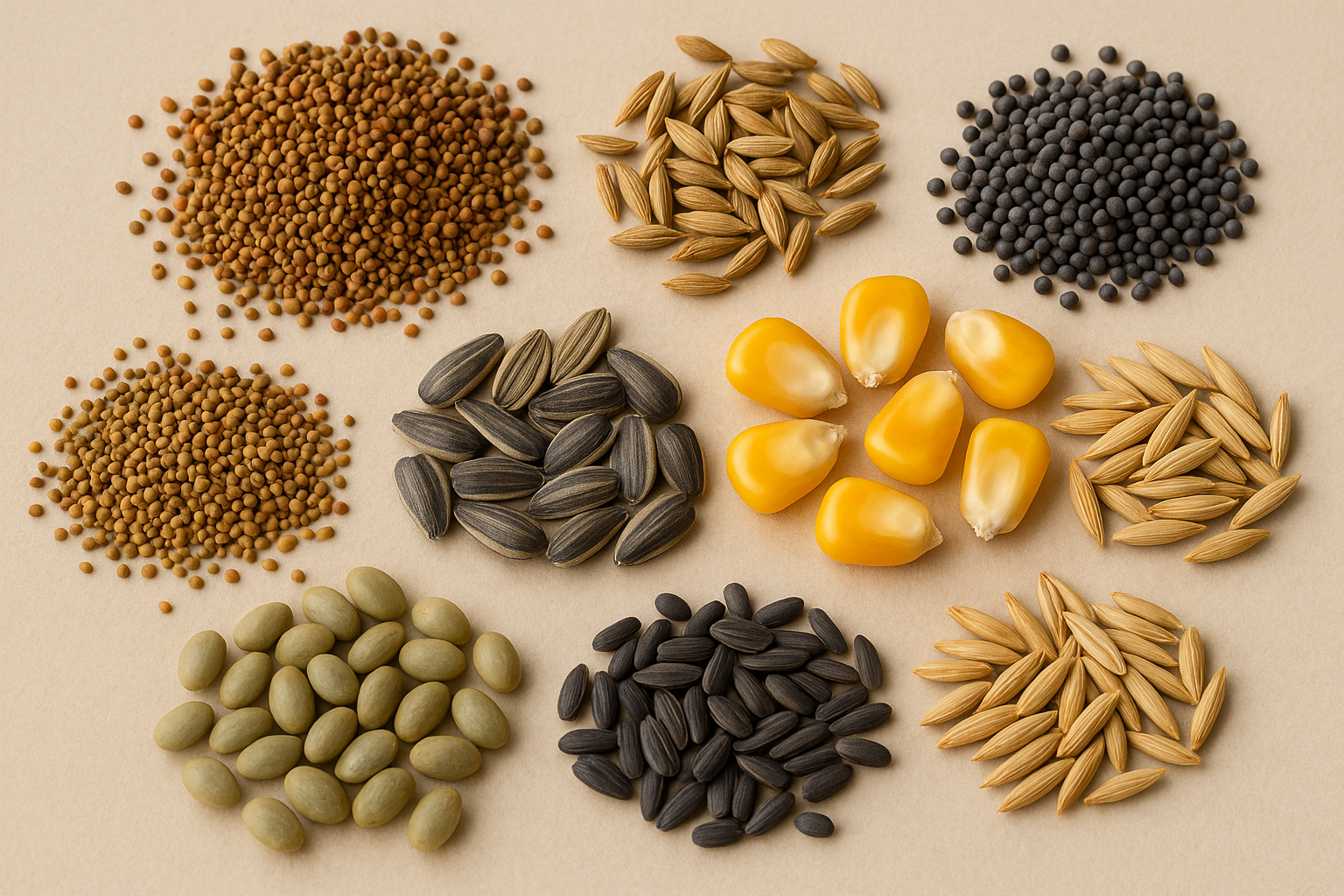
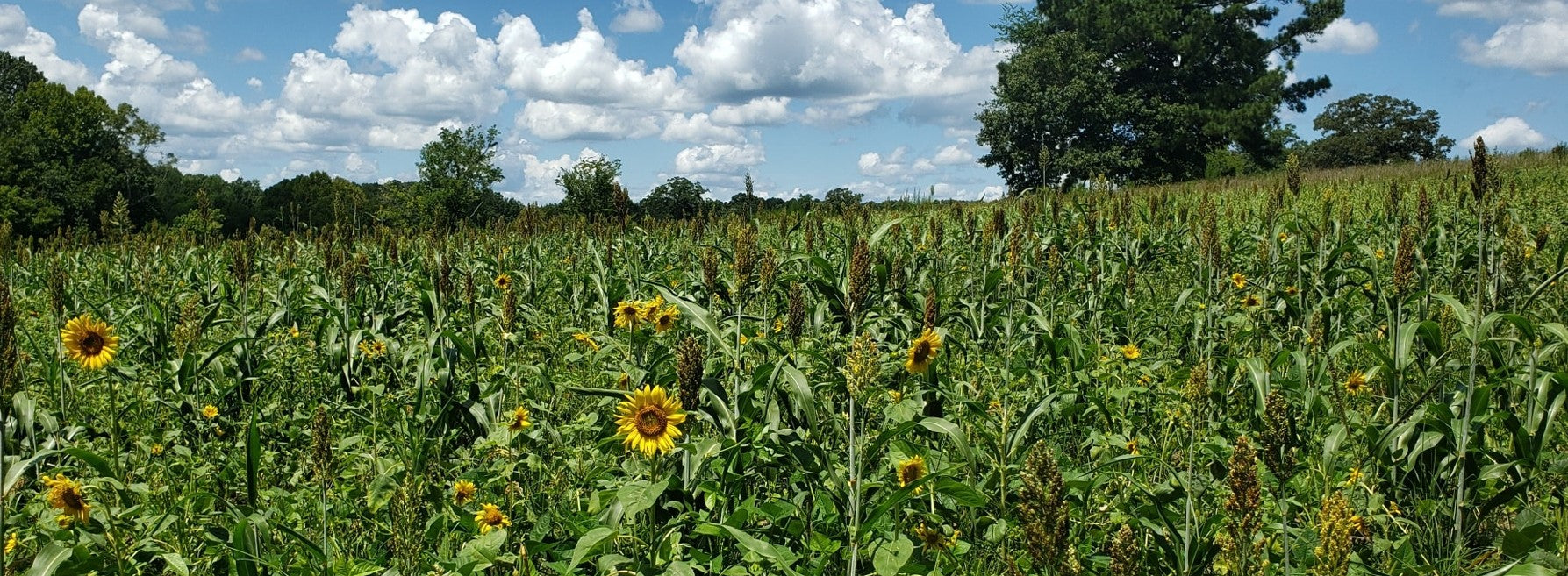
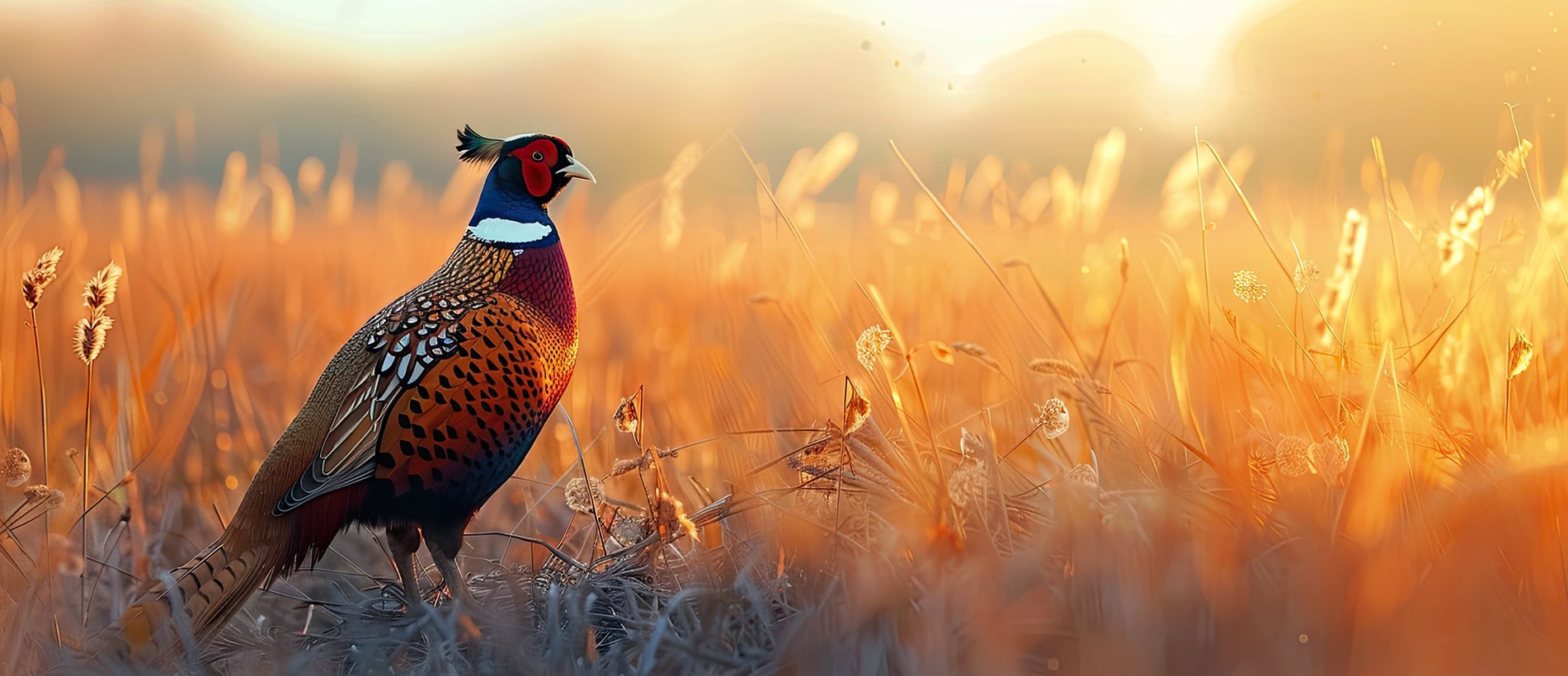

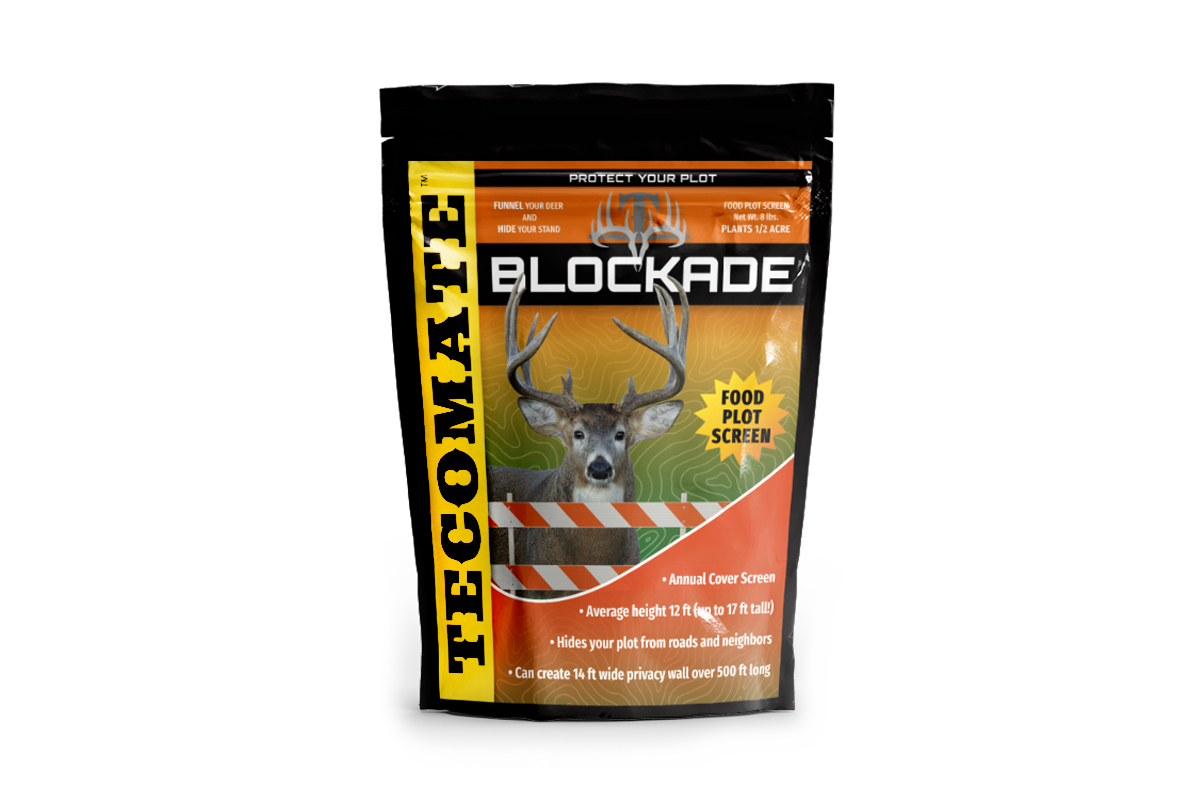
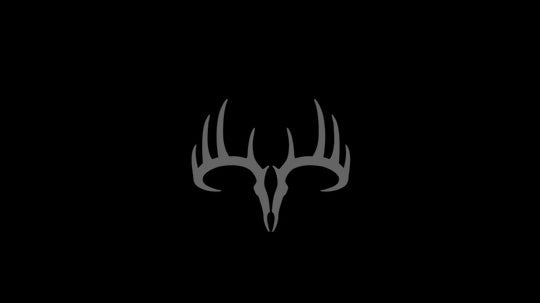
Leave a comment